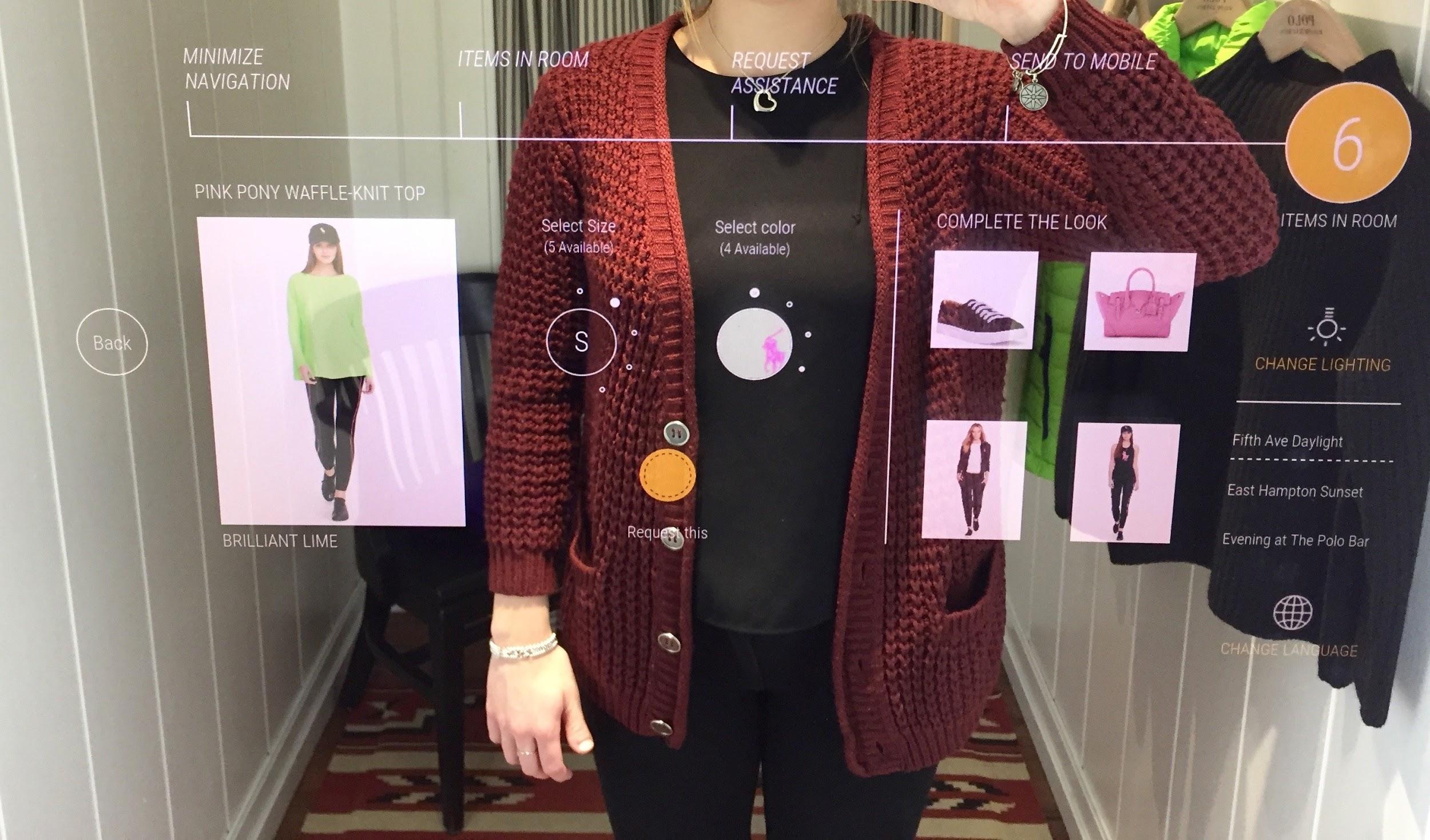It is estimated that up to 68% of shopping decisions are spontaneous: the majority of consumers make up their minds when they already in front of the store shelf. Price and packaging are only two factors influencing their decision-making process. Salespeople use a range of clever marketing activities in their shops to affect that process, including those involving innovative technology.
Nowadays, consumers are subjected to hundreds or even thousands of shopping stimuli daily. Although they usually act on impulse while shopping, they have developed defences against diverse types of promotion. Innovative modern technology can effectively break through those defences because it plays both a practical and persuasive role: it facilitates shopping while showing innovative applications of the product. What’s more it is both liked and accepted by consumers, especially Millennials”, who use technology all the time, and expect their stores to do the same.
Beacon Technology
Small and invisible to their targets, these miniscule transmitters communicate with a buyer’s mobile phone by means of radio technology can perfectly communicate with contemporary consumers.. When buyers pass nearby their chosen shop or product, they receive a suitable commercial offer or information about available sizes or colours of products. It is geared to make their shopping easier. Having access to personalised information about buyers allows stores to offer them products and discounts adjusted to their age, gender, or interests. It is estimated that by the end of 2015, ⅓ of USA shops had been using beacons.
Virtual Mannequins
In-store-marketing is increasingly oriented towards acting on consumers’ imagination and demonstrating different applications of products. Virtual mannequins are an interesting example, and they are perfect for clothes shops. After taking a garment from a hanger, the video or photo of a model wearing that outfit chosen by the customer is displayed on the screen.
Smart Mirrors
Even more information about the product can be obtained via “smart mirrors” in changing rooms, which Polo Ralph Lauren have used in their stores. Miniature RFID readers were fitted in the clothes and when a shopper entered the fitting room the readers sent relevant information to the virtual display placed on the mirror, showing other available colours or sizes. The readers also allowed the shoppers to communicate with the seller when they wanted to try on a different size.

Augmented Reality
Augmented reality can’t be beaten for delivering additional product information. All you need for customers to see a product in an entirely new light is a mobile device or special scanning point. Timberland used AR to create something like virtual mirrors. After taking a selfie using one of the cameras in the shop, the user could check out various clothes without physically trying them on, and share photos of themselves wearing those clothes on social media. LEGO also got in on the act, letting its prospective customers see the models they could assemble if they bought a box of LEGO bricks. They placed a LEGO box near a special display, which then showed the object in 3D.
VR Reality
While AR gives us the possibility of expanding shopping sensations by new stimuli, virtual reality allows us to completely immerse ourselves into the environment of the product and feel it with all our senses. Topshop used HMD glasses (head-mounted display) to let their customers attend a prestigious fashion show from the comfort of their local store. Meanwhile, Merrell (outdoor equipment), took their customers for a walk in the mountains to raise their adrenaline levels and remind them of what they love (apart from shopping!). Shopping with VR applications literally offers a completely new dimension of experience, and all the signs are that this increasingly popular technology will soon be as widespread as smartphones.